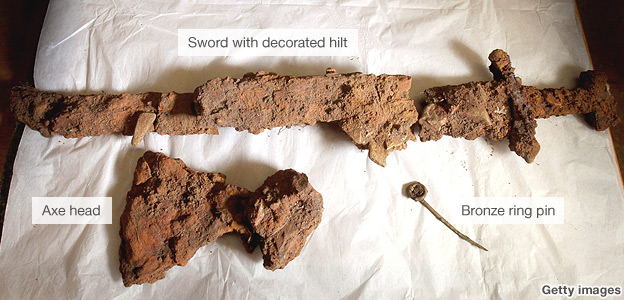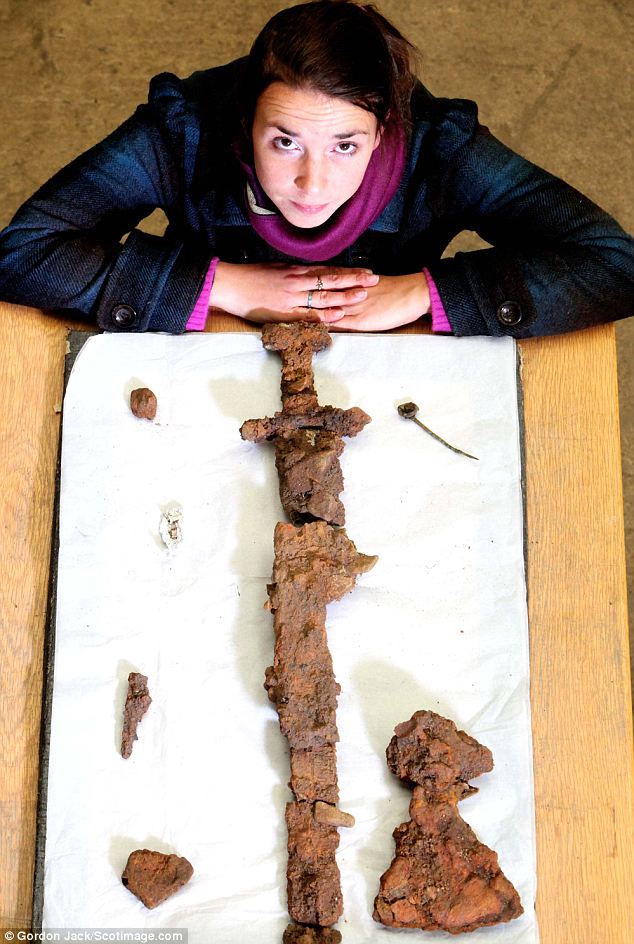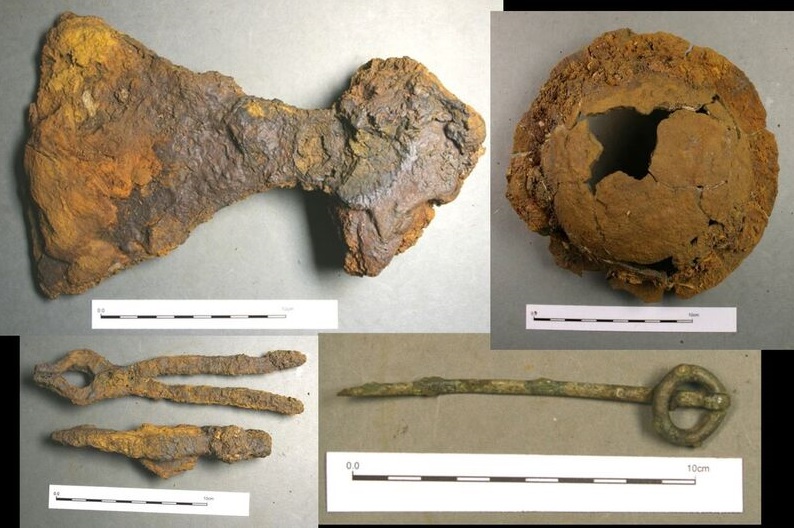Nestled in the scenic Scottish Highlands, amidst one of the world’s most breathtaking landscapes, lies a remarkable archaeological discovery: a fully intact Viking ship burial at Ardnamurchan. Dating back over 1,000 years, this find has captivated archaeologists and historians alike for its pristine preservation and rich historical significance.
Ardnamurchan Viking Ship Burial

The Ardnamurchan Viking ship burial stands out as a pivotal find in British Norse archaeology. Unearthed by archaeologists, led by Dr. Hannah Cobb, the site has yielded a treasure trove of artifacts that make it one of the most significant Norse graves found in Britain. Central to its uniqueness is the intact nature of the burial, encompassing not only the entire ship but also a wealth of grave goods and the remains of the individual interred.
Grave Goods and Significance

Among the artifacts recovered are an axe, a intricately decorated sword with its hilt, a spear, a shield, and a bronze ring pin. The grave also contained a knife, possibly a bronze drinking horn, a whetstone from Norway, an Irish ring pin, Viking pottery, and numerous iron pieces. These finds, combined with the ceremonial nature of the burial, strongly suggest that the occupant was a Norse warrior.
Comparison with Other Ship Burials

The Ardnamurchan discovery invites comparisons with other renowned Viking ship burials across the Norse domain. The Oseberg ship burial in Norway, contemporaneous with Ardnamurchan, contained the remains of two individuals but had been largely stripped of its grave goods shortly after its creation. Notably, recent analyses have revealed that the Oseberg burial, originally thought to be of male warriors, actually housed the remains of two women, challenging traditional gender assumptions in Viking burials.
Cultural and Religious Insights

Viking ship burials, as documented by historical sources like Ibn Fadlan, highlight the ritualistic significance of these ceremonies. Describing a funeral in vivid detail, Ibn Fadlan emphasizes the use of real ships, the importance of cremation to prevent desecration, and the symbolic journey the deceased undertakes to the afterlife. These accounts underscore the spiritual and religious beliefs that shaped Norse funerary practices, portraying them as elaborate ceremonies reserved for esteemed individuals such as warriors and chiefs.
Conclusion
The discovery of the Ardnamurchan Viking ship burial offers a profound glimpse into the cultural and religious practices of the Norse people. Through meticulous excavation and analysis, archaeologists continue to unravel the complexities of Viking society, shedding light on their beliefs surrounding death, honor, and the afterlife. As more discoveries like Ardnamurchan emerge, our understanding of Viking ship burials expands, enriching our knowledge of this fascinating chapter in history.



